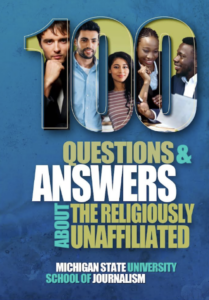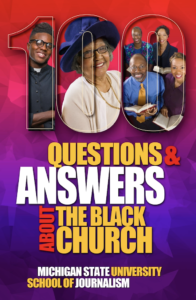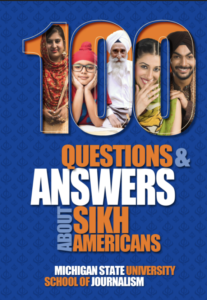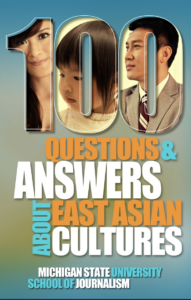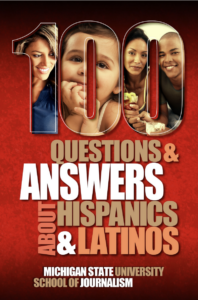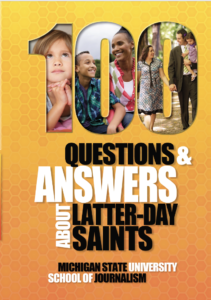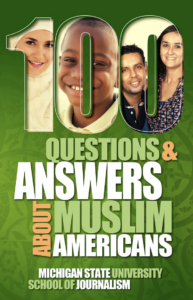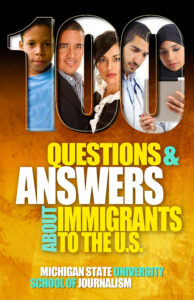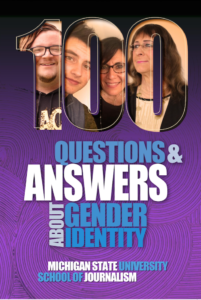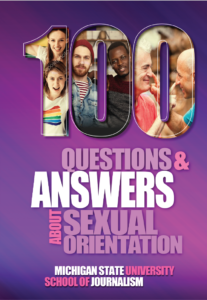Welcome, and please check out our latest Bias Busters guide, “100 Questions and Answers About Hmong Americans: Secret No More.” There is something in this guide for you whether you are Hmong or have always had the desire to know more about a fascinating people.
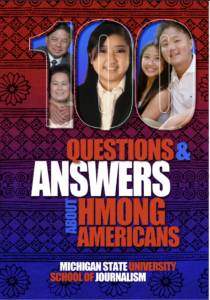
Learn about Hmong people as they near the 50th anniversary of their first major arrival in the United States, as refugees from a secret war they fought in for the United States, even though they had never been here.
The Central Intelligence Agency hired and trained Hmong soldiers to stop the spread of communism in Laos, even though the U.S. had officially agreed not to get involved. Tens of thousands of Hmong people were killed in the fighting and under intense “friendly fire.” Thousands more died fleeing the Viet Cong after the U.S. pulled out of Vietnam.
A secret airlift followed by more rescue efforts relocated Hmong people to U.S. states as widespread as California, Wisconsin, Minnesota, Michigan and North Carolina. They arrived with little money, education, employment, English or even suitable clothing for their new surroundings. Given their long, nomadic history, Hmong people do no even have a homeland they could return to, if they wanted that.
Yet, they have made a home here. In 50 years, Hmong people have embraced U.S. citizenship and are rising up in many professions. How are they thriving here, succeeding in the education system, various career fields and entrepreneurial pursuits? They have made advances in 50 years that have taken other ethnicities centuries to achieve. Although their role in a secret war was hidden from the American people, their successes should not be. “100 Questions and Answers About Hmong Americans: Secret No More” launches on Amazon on July 2, 2024.
Their harrowing and inspiring journey is told in words, videos, audio maps, charts and a map of origins.
This guide is produced by students in the Michigan State University School of Journalism with help from many Hmong allies and the generous support of Michigan Humanities.


